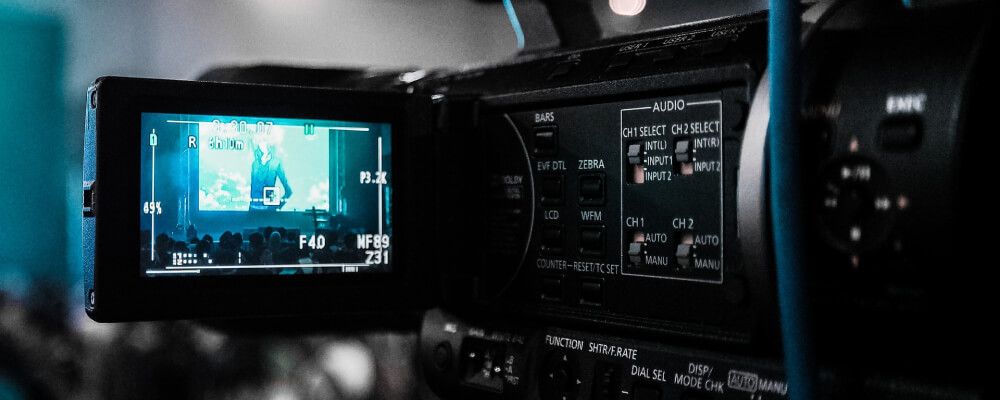The best videos don’t just come out of nowhere – they are a result of a detailed plan and preparation.
In this post, we’re going to highlight certain steps you need to take when preparing for shooting a commercial video. We’ll figure out what makes the video visually attractive and rank these elements by the importance to the viewer.
Let’s move from the major points to the low priorities.
Idea
You need to clearly understand what exactly you want to shoot. That’s the case: first, we need to answer the questions “What?” and “Why?” and only then “How?”.
What’s the purpose of the video? Will it get a lot of views on YouTube or help to build the trust with potential customers? Does it visualize big data or provide a great deal of useful information? These questions need to be answered before you start filming.
Screenplay
You’re definitely going to need a plan and not only of what you’ll have in the frame (more on this later).
Shooting process is pretty expensive (usually this is the most expensive part of all video production process) mostly because of numerous staff on set. Money-wise, it’s better to have a screenplay prepared beforehand as a simple text document on your computer. Coffee will be a good use of the money you saved :-)
Sound
True fact: a lot of video bloggers share their view stats and the factors it depends on. For example, clear high-quality sound increases the number of views more than any visual improvements.
That’s true indeed – we can listen to the radio ad while driving and still hear TV commercials even when we don’t look at the screen. Hearing proved to be a highly effective channel of perception due to biological reasons.
Moreover, after picking the music and working up the rough sound the screenplay can be corrected before the shooting according to discovered mismatches.
Storyboard
Along with the screenplay (#2), it helps you clearly understand on planning stage what shots you need and significantly reduces shooting time.
The storyboard can work as an explainer for your client, letting you clear up misunderstandings and plan the filming more thoroughly.
All you need for a good storyboard is basic knowledge of 3D programs such as 3DMax or Cinema4D (although there already are simple Smartphone apps).
Location, actors
This part is extremely important. No matter what kind of video you’re going to shoot, you most likely want it to be interesting, meaning diversified.
It’s a good idea to intersperse shots of the team working on a product with some other footages or general views. Anyway, make sure the scene looks just as you need, to avoid rolling eyes of the viewers.
Also, remember that people can easily distinguish the faces among other objects and instantly read the emotions. Professional actors with pretty faces are highly desirable as the viewer is going to identify with them. (Everybody wants to be young and beautiful as in Coca-Cola promo).
Lighting
When it comes to lighting in the video, different kinds of light have different temperatures.
The best light our eyes perceive is natural sunlight. Shots made outdoors, especially at sunrise or sunset, work like magnets for viewers.
If you’re shooting indoors modern artificial light can substitute the daylight and look pretty natural. Remember this when choosing a set of lights.
To make the video look clean and professional use three-point lighting (one of the oldest lighting techniques), a reflector and/or a diffuser.
It’s a good idea to scout your shooting location in advance and try different lights without actors to get the best shooting environment.
Post-production
Here we won’t dive into post-production tips for visual effects, color correction, and compositing - everything that can help you correct shooting mistakes. This is a large and complex topic, and important indeed.
But the point of putting the post-production stage on 7th place is that the editing will be way much easier if you take the previous 6 steps seriously.
Video camera
The last on the list is the essential part of any shooting – a camera.
It takes this place because the difference between modern camcorders won’t be noticed by a viewer. Thus, if you’re a beginner in videography, consider renting the equipment and spending money on shooting for your portfolio instead of buying an expensive basic set.
Hopefully, this post has given you some ideas of pitfalls you can avoid when it comes to shooting a commercial video.
Good luck!






